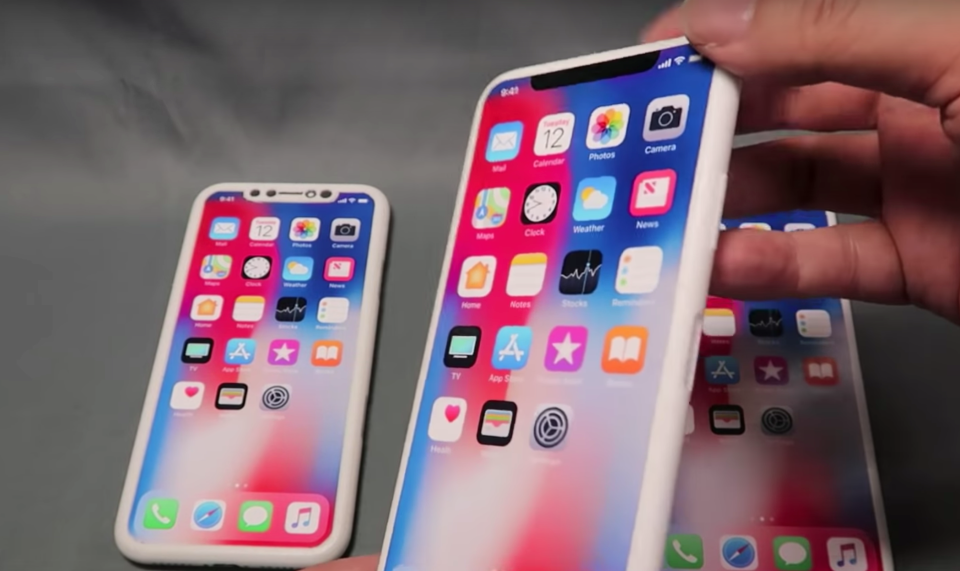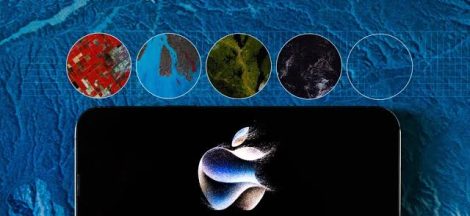This is an opinion piece and doesn’t necessarily reflect the views of TechJuice.
Mac Otakara, which is well known for being the first firm to break the news of Apple ditching the headphone jack in the iPhone 7 has come out once more with images of dummies of the upcoming three models. The one to the left is the cheaper model and the lack of quality can be observed by the naked eye. The bezel count is ridiculously high in this model, which might be due to an attempt at differentiating between the three models.
Making a cheaper phone might have reduced Apple’s expenses and give it access to a whole new market. However, it might hinder Apple’s brand image extensively and the question is: Is this a risk they’re willing to take?
For years, Apple has been associated with high quality and luxury. Now, if all of a sudden Apple comes out with a mid-range phone with low specs, an LED screen and a body full of bezels (which, I might add go against their own trend of going bezel-less), would there be any hype around their phones? They must be quite aware of how much consumers like their bezel-less design (hint: iPhone X being their most-sold phone in the first quarter of 2018). Why, I wonder, would Apple opt to go for features that aren’t in trend anymore?
Now, to the display. Tech experts have commented that the cheaper version of the upcoming iPhone is expected to have an LED screen instead of Apple’s typical OLED display. All of us know how habitual Apple is of overpricing its products and I doubt the “cheaper” version of the upcoming iPhone will be any different. Keeping the specs and quality of components in mind, I’m sure this model won’t cost Apple that much. On the other hand, it can be safely said that the cheap trim of the upcoming iPhone’s price is more than $550, so it actually might help Apple reap bundles of profits.
Industry analysts have said that one possible reason behind the usage of OLEDs in the expensive trims is to shift the display connector from the front to the back, thus helping in reducing the bezel count. The cheaper trim, however, has an LCD, that cannot be bent enough for the connector to be shifted to the back. In simpler terms, the display connector being on the front is one of the main reasons behind the phone’s excessively high bezel count.
Now, just for once, please consider the fact that there are tons of options in the mid-range price region. Industry experts have predicted a price bracket between $600 and $800 for the cheaper trim. To give a true image of what can be bought within this, look at the Samsung Galaxy S9, which retails for $719 and the OnePlus 6, which is available for $689. A really important question arises: Is the cheaper trim of the iPhone good enough to compete with the flagship of Samsung? It’s quite a long run and I certainly won’t be betting on the iPhone to fare well.
Apple, rethink this. There’s still time. What do you prefer, a continuation of your current market and brand image or the exploration of a new market that you’ve failed in miserably before? Sadly, Apple hasn’t been successful in catering to mid-range customers before, which can be seen by the failure of the iPhone 5c and iPhone SE. Thereby, it is recommended to them to stick to the upper trims of the iPhones and ditch the cheap one. After all, brand reputation should hold more importance than revenue, right? Think long term, Apple, short-term revenue gains won’t be as beneficial in the long run.






 Uber is soon going to pay drivers for driving electric cars
Uber is soon going to pay drivers for driving electric cars